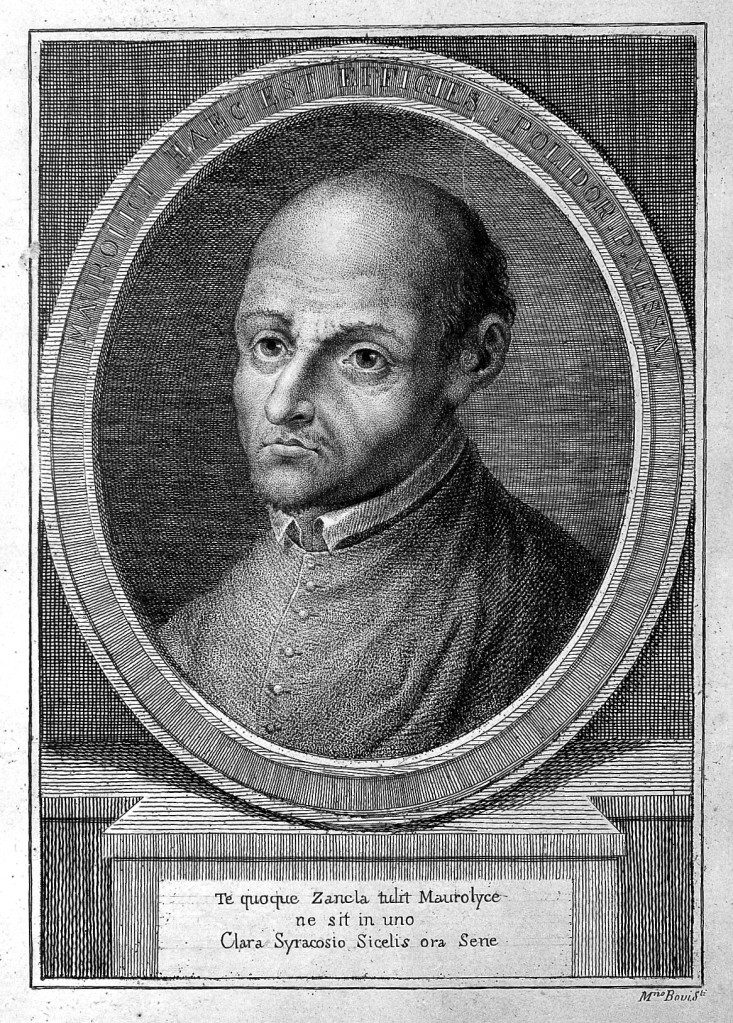In the most recent episodes, we have been looking at developments in mechanics during the sixteenth century. Today we are going to turn to a different branch of what would become physics and cast a light on the development of optics in the sixteenth century.
We left optics in the high middle ages with the introduction of the geometric optics conform, intromission theory of Ibn al-Haytham (c. 965–c. 1040) by Roger Bacon (c. 1219–c. 1292) and the text books based of this approach to optics produced by John Peckham (c. 1230–1292) and Witelo (c.1230– between 1275 and 1314). This direction in optics came to be known as the science of perspectiva.
At the end I briefly introduced the discovery of linear perspective at the beginning of the fifteenth century by Lorenzo Ghiberti (c. 1378–1455), Filippo Brunelleschi (1377–1446) and Leon Battista Alberti (1404–1470). I pointed out that the claims that this was dependent of knowledge of al-Haytham’s optical theories doesn’t hold water because linear perspective is constructed entirely with Euclidean optics/geometry and as Alberti pointed out in linear perspective it is irrelevant with you hold an extramission or intromission theory of vision.
Throughout the fifteenth century artists continued to develop the use of linear perspective in their art culminating in the work of Leonardo da Vinci (1452–1519) and Albrecht Dürer (1471–1528) going into the sixteenth century. The latter introducing the techniques of linear perspective into Northern Europe.
Linear perspective is of course applied optics and there were in the period between the thirteenth century, with Bacon, Peckham, and Witelo, and the sixteenth century no real advances in the scientific theories of optics. At the beginning of the seventeenth century Johannes Kepler (1571–1630) would revolutionise the theory of optics but before he did so four others made significant contributions to the discipline during the sixteenth century and it is to these four that we now turn.
The first of our four is the Sicilian mathematician and astronomer Francesco Maurolico (1494–1574).
 Engraved portrait of F. Maurolico by Bovis after Caravaggio
Engraved portrait of F. Maurolico by Bovis after CaravaggioCredit: Wellcome Library, London. Wellcome Images via Wikimedia Commons
He was born in Messina, one of the seven sons of the Antonio Marulì, a Greek physician from Constantinople, who had fled from the Ottoman invaders. His father was a pupil of Constantine Lascaris (1434–1501) the Greek scholar and grammarian, a promoter of the revival of Greek learning in Italy during the Renaissance. Francesco also received a Lascarian education through his father and Francesco Faraone and Giacomo Genovese two other pupils of Lascaris. In 1534, Francesco Marulì changed his surname to Mauro Lyco (with the meaning of occult wolf).
Ordained a priest in 1521 and the recipient of various ecclesiastical benefits, he was appointed abbot of the monastery of Santa Maria del Parto (in Castelbuono) in 1550 by Simone Ventimiglia (1485–1544) marquis of Geraci, pupil and patron of Maurolico.
Given his Lascarian education, it is no surprise that in the mathematical sciences for his improved manuscripts of the mathematical texts of Theodosius of Bithynia, Menelaus of Alexandria, Autolycus of Pitane, Euclid, Apollonius of Perga and Archimedes, which played a significant role in the Renaissance of Ancient Greek mathematics.
His own mathematical output included in his Compaginationes solidorum regularium (1537), an unpublished statement of Euler’s formula V – E + F = 2 for the Platonic solids long before Euler’s more general formulation for convex polyhedra in 1752. His Arithmeticorum libri duo (1575) includes the first known proof by mathematical induction. His De momentis aequalibus (completed in 1548, but first published only in 1685) attempted to calculate the barycentre of various bodies (pyramid, paraboloid, etc.).
His De Sphaera Liber Unus (1575) contains a fierce attack against Copernicus’ heliocentrism, in which Maurolico writes that Copernicus “deserved a whip or a scourge rather than a refutation”. In his Cosmographiahe described a methodology for measuring the earth, which was later employed by Jean Picard in measuring the length of a degree of longitude in 1670.
However, Maurolico was not just a mathematician but a true polymath. He was commission by the Senate of Messina in 1553 and paid 100 gold pieces a year for two years to write a history of Sicily, his Sicanicarum rerum compendium, which also contains some autobiographical details. In other activities for the city of Messina, Maurolico also served as head of the mint and was responsible (with the architect Antonio Ferramolino da Bergamo) for maintaining the fortifications of the city.
Added to all this Maurolico published an edition of Aristotle’s Mechanics, and a work on music. He summarized Ortelius’s Theatrum orbis terrarum and also wrote Grammatica rudimenta (1528) and De lineis horariis. He made a map of Sicily, which was published in 1575.
Leaving this impressive display of intellectual activity, what interests us here is his work on optics. He wrote Photismi de lumine et umbra and Diaphana. Photismi de lumine et umbra, on light and shadow as the title says, was written in 1521, the first part of Diaphana in 1523 and the second and third parts in 1552. All four parts were first published together, posthumously, in 1611. On the whole his work is a fairly unspectacular presentation of the perspectivist tradition in optics in which he quotes both Bacon and Peckham amongst his sources, although he does introduce two important first into the perspectivist literature but for which he gets no credit because of the late publication of his work, the credit, as we shall see in a later episode, going instead to Kepler.
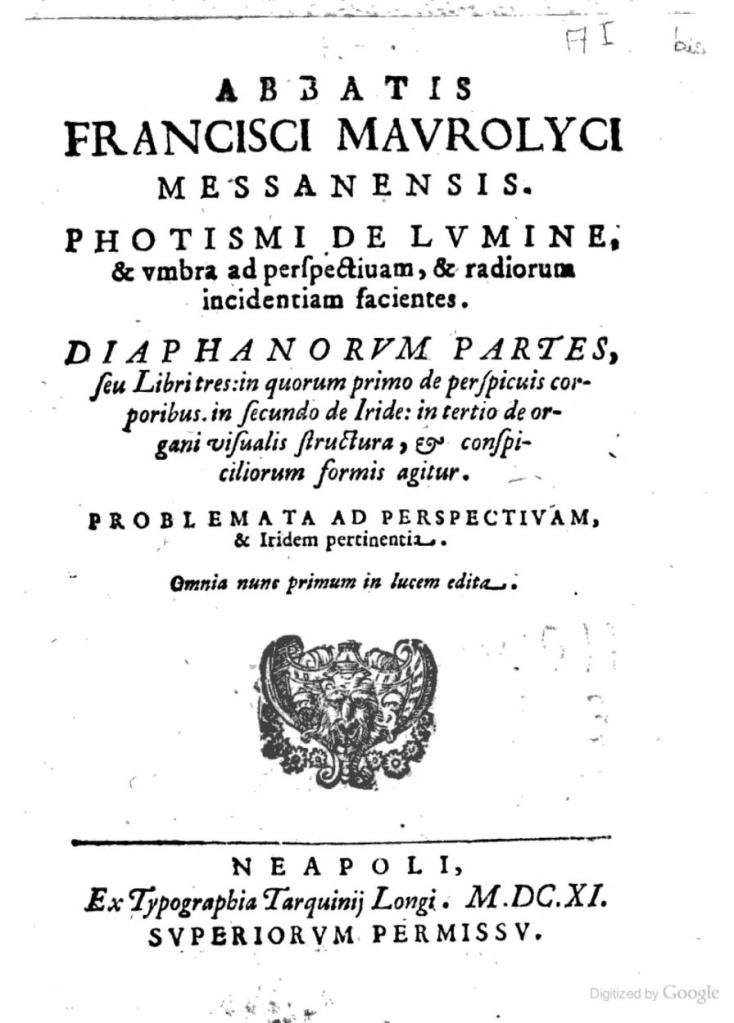
Maurolico’s first innovation is the first geometrical theory of the camera obscura in which he solves the so-called pinhole camera problem which had puzzled perspectivists since Roger Bacon. Put simply the image of a luminous object, the Moon for example, viewed through a camera obscura is bigger than it should be according to the mathematics. Maurolico was able to demonstrate that in fact one doesn’t have a single image but a series of overlapping images due to the width of the pinhole.
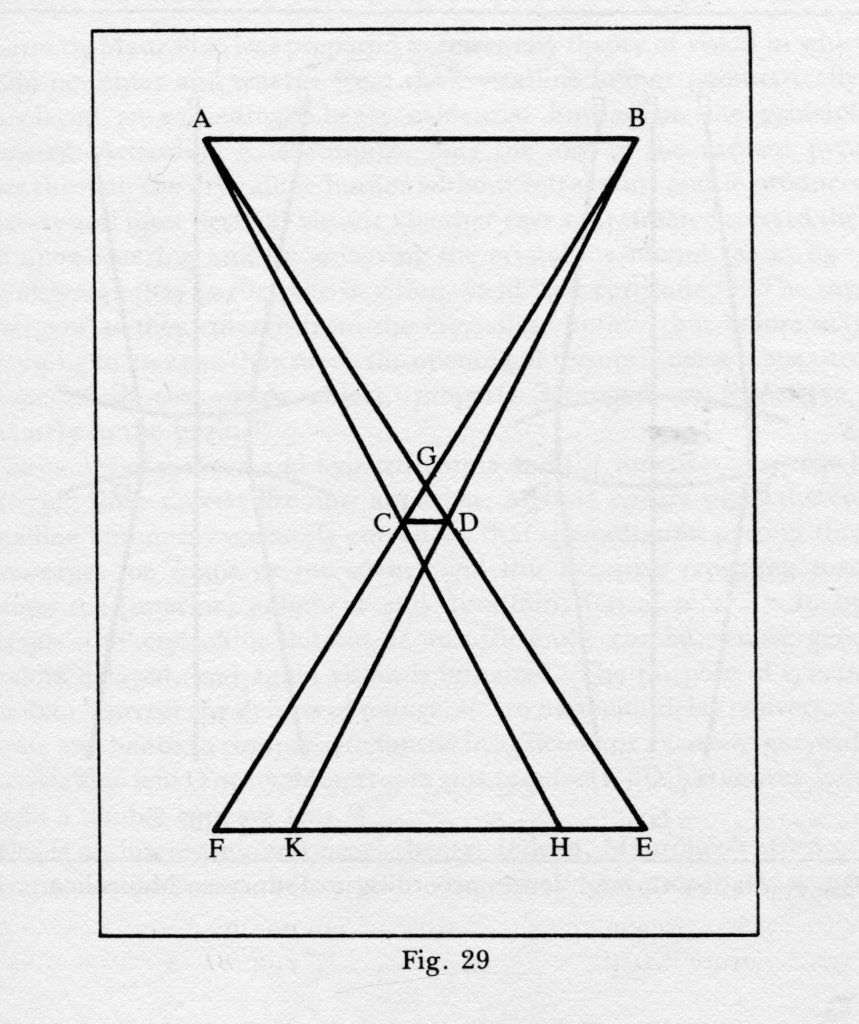
Maurolico’s second innovation is that he was the first perspectivist to attempt to explain scientifically how spectacle lenses correct error in vision. This is particularly interesting given the time it took for somebody to do so. Eye glasses, convex lenses to correct presbyopia, farsightedness caused by aging, first appeared in Europe in the late thirteenth century and were a purely technical invention. This could also be used for hyperopia. The accepted theory of their invention, from Rolf Willach, is that monks grinding and polishing precious stone to decorate reliquaries, the containers for holy relics realised that they could be used to improve their eyesight. Concave lenses to cure myopia (near-sightedness) began to appear in the fifteenth century. Making eyeglasses became a major industry throughout Europe, however before Maurolico nobody had offered a scientific explanation of how and why they functioned. Different lenses for different degrees of visual handicap were produced by trial and error. Lenses for presbyopia were produced in graded strengths and sold by age category, over forty, over fifty, over sixty, etc. A system still found in the cheap reading glasses sold in chain stores and supermarkets today.
First Maurolico deduced that a double convex lens produces convergence of the rays, whereas a double concave lens causes the rays to diverge.
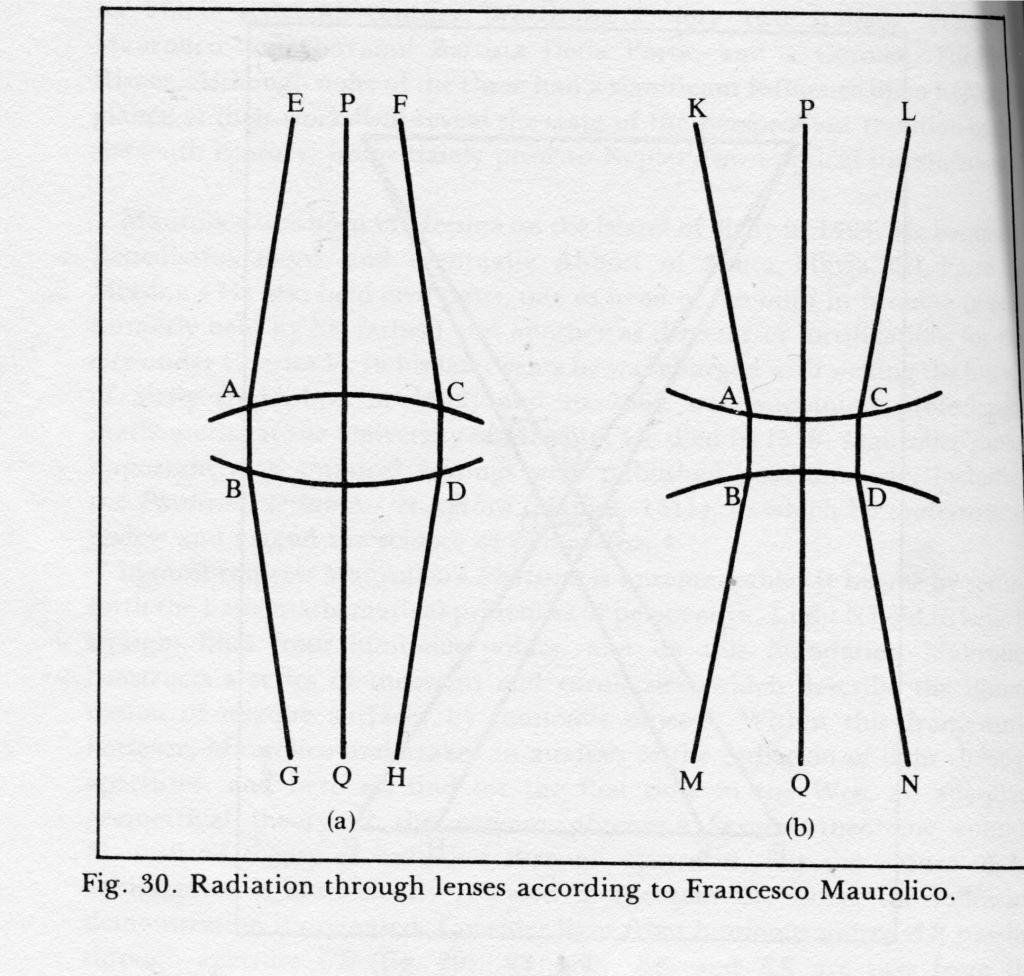
He knew that the lens of eye is a double convex lens, which must refract and transmit radiation according to the “law and covenant” of refraction. As a consequence of this he rejected the perspectivist theory that only the rays that meet the lens of the eye perpendicularly enter the eye. For Maurolico it was clear that all rays enter the eye. The lens being double convex the rays are thus convergent when exiting the lens inside the eye.
From this the causes of myopia and hypermetropia are clear as well as the function of eye glasses in correcting them. Myopia occurs when the lens is excessively curved, so that the rays passing through it converge too much or too soon. In hypermetropia the lens is insufficiently curved and convergence is delayed. The spectacle lenses correct the defects of nature.
Although Maurolico had given the first geometrical explanation of the camera obscura he did not take the next step and view the eye as a camera obscura with the lens focusing the image on the retina, as Kepler was later to do. He still, like al-Haytham and all the other perspectivist, regarded the eye lens as being the seat of vision.[1]
Although Maurolico covered much the same territory as Kepler would cover after him, including his analysis of the camera obscura and how eye glasses function, because his work in optics was first published posthumously in 1611 it had no influence on Kepler.
Our second sixteenth-century, Italian perspectivist is the Neapolitan, aristocrat Giovanni Battista Della Porta (1535(?)–1615).
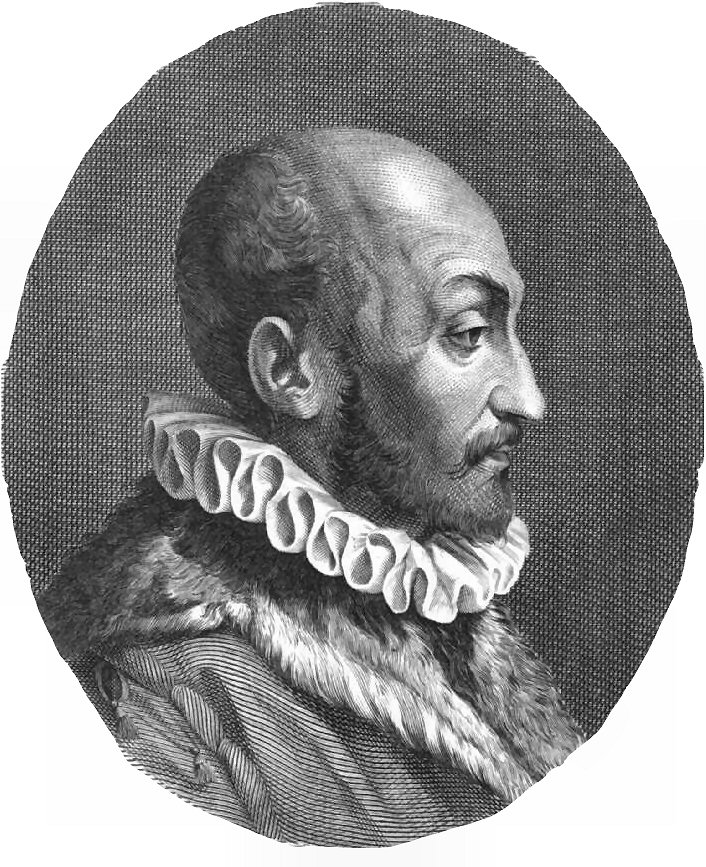
I have already in the past written an extensive post about all of della Porta’s wide ranging activities, so I will confine myself here to his contributions to optics. His major work on optics was De refraction optics parte libri novem published in 1593.
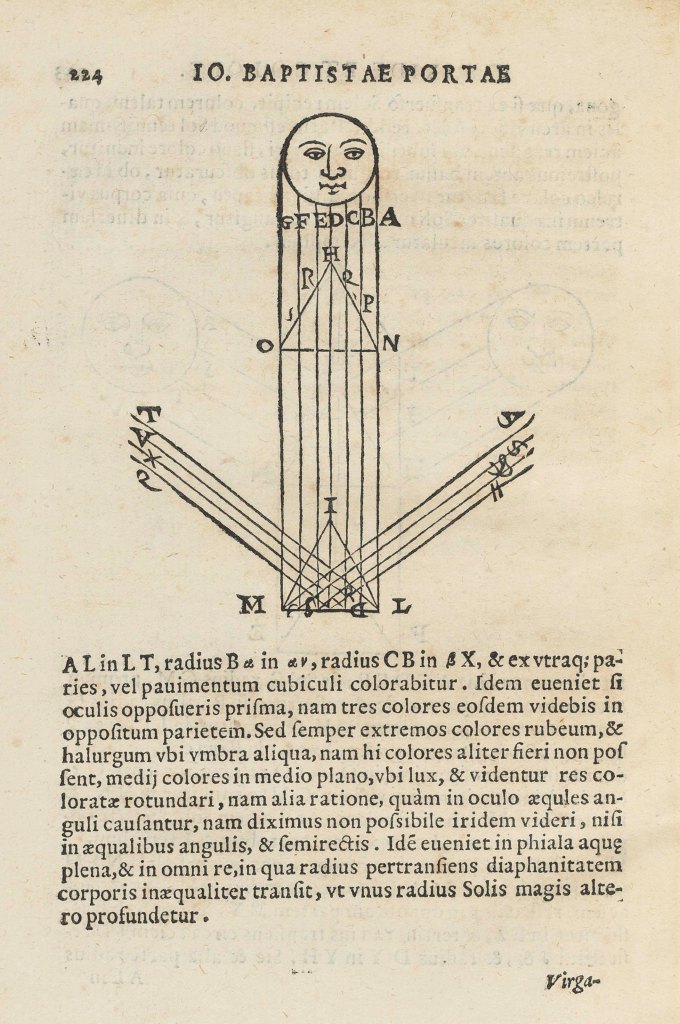
As the title suggests he examines refraction in all of its ramifications. His theories are all mainstream perspectivist and would have been accepted without comment by his medieval predecessors. On the anatomy of the eye, he basically follows Vesalius (1514–1564). His major innovation concerns the camera obscura. He appears to have been the first to describe the insertion of a lens into the hole in the camera obscura in his Magia naturalis and from there he, unlike Maurolico, concludes that the eye is in fact itself a camera obscura.
Kepler owned a copy of Magia naturalis and even credited della Porta with the invention of the telescope based on the description of an optical device he found in there. However, he never read De refraction and even complained that he was unable to find a copy.
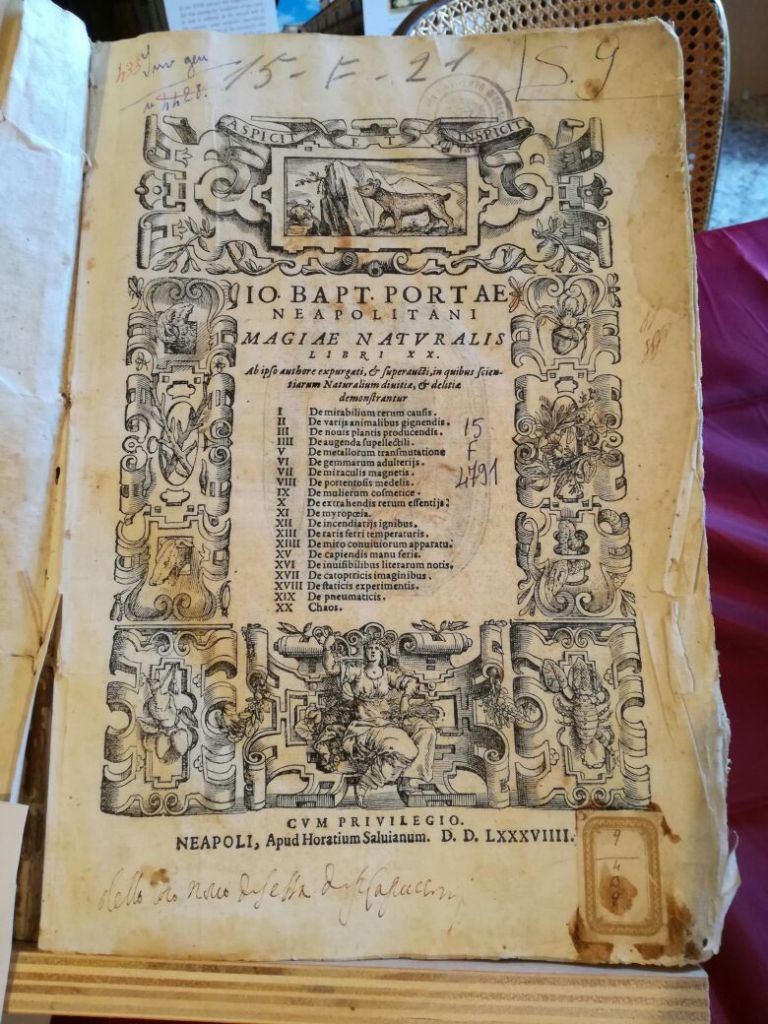
Our third sixteenth century perspectivist was the German mathematician Friedrich Risner (c. 1533–1580). Almost nothing is known about Risner other than that he was born in Hersfeld in Hesse. Seemingly he moved to Paris in 1565 where he became assistant to and protégé of Petrus Ramus (Pierre de la Ramée 1515–1572), the infamous, Huguenot, anti-Aristotelian philosopher. Under Ramus’ direction, Risner edited the editio princeps of Ibn al-Haytham’s Optics (De aspectibus) together with an edition of Witelo’s Perspectiva, “Opticae thesaurus: Alhazeni Arabis libri septem, nuncprimum editi; Eiusdem liber De Crepusculis et nubium ascensionibus, Item Vitellonis Thuringopoloni libri X” (Optical Treasure: Seven books of Alhazen the Arab, published for the first time; His book On Twilight and the Rising of Clouds, Also of Vitello Thuringopoloni book X), which was published in 1572. The Witelo had been published twice before in Nürnberg in 1535 and 1551 by Johannes Petreius but Risner’s was an improved edition. This publication made the work, in particular of al–Haytham, available to the seventeenth century optical physicists such as Kepler, Snel, Descartes, and Huygens.
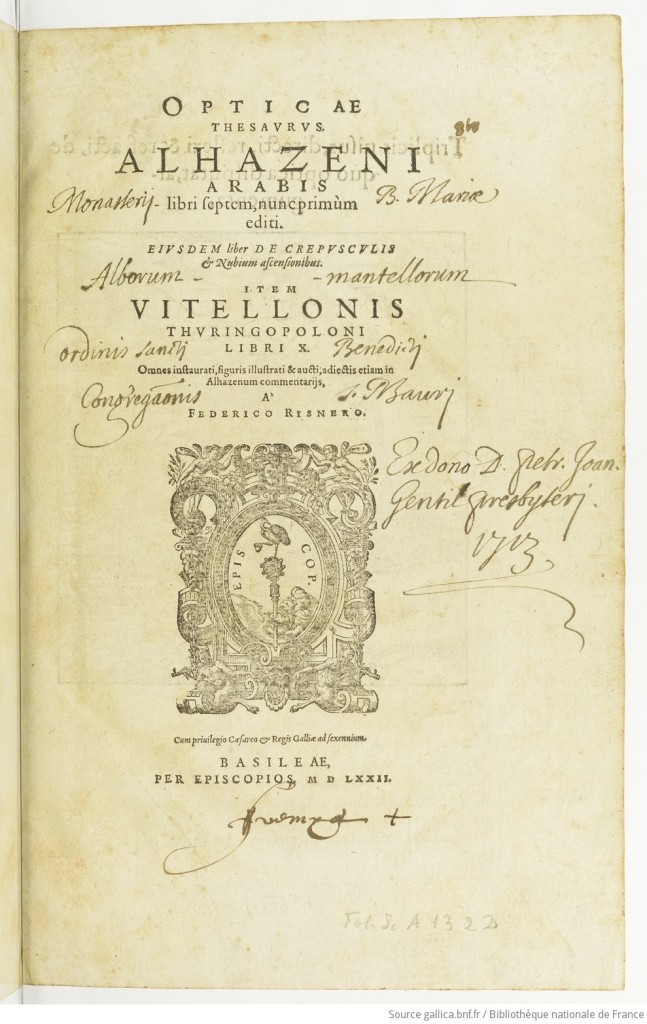
Famously, Ramus was murdered during the St Bartholomew’s Day Massacre, 23–24 August 1572. In his will Ramus had established a chair for mathematics at the Collège Royal de France and specified that Risner should be its first occupant. Following the settlement of legal disputes in 1576, Risner accepted the salary but never actually lectured, resigning a few months later and returning to Hersfeld where he died after long illness in 1580.
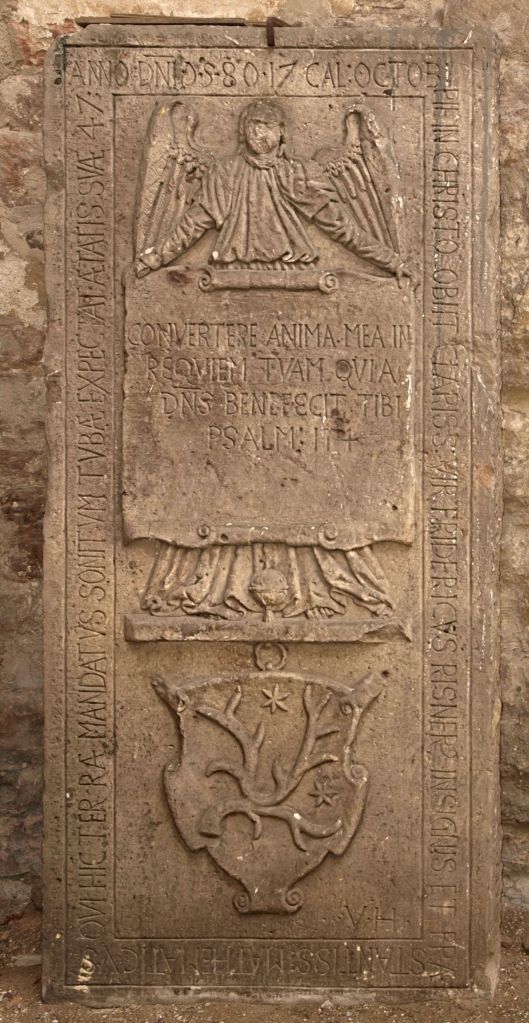
In cooperation with Ramus, as with the Opticae thesaurus, Risner wrote the Opticae libri quatuor, an optics text book largely based on Witelo. Risner’s only notable contribution to optics was the invention of the portable camera obscura.
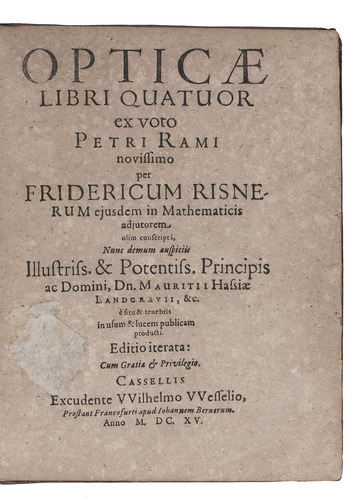
Before leaving the sixteenth century we need to briefly look at the anatomical study of the eye made by the Swiss physician Félix Platter (1536–1614).
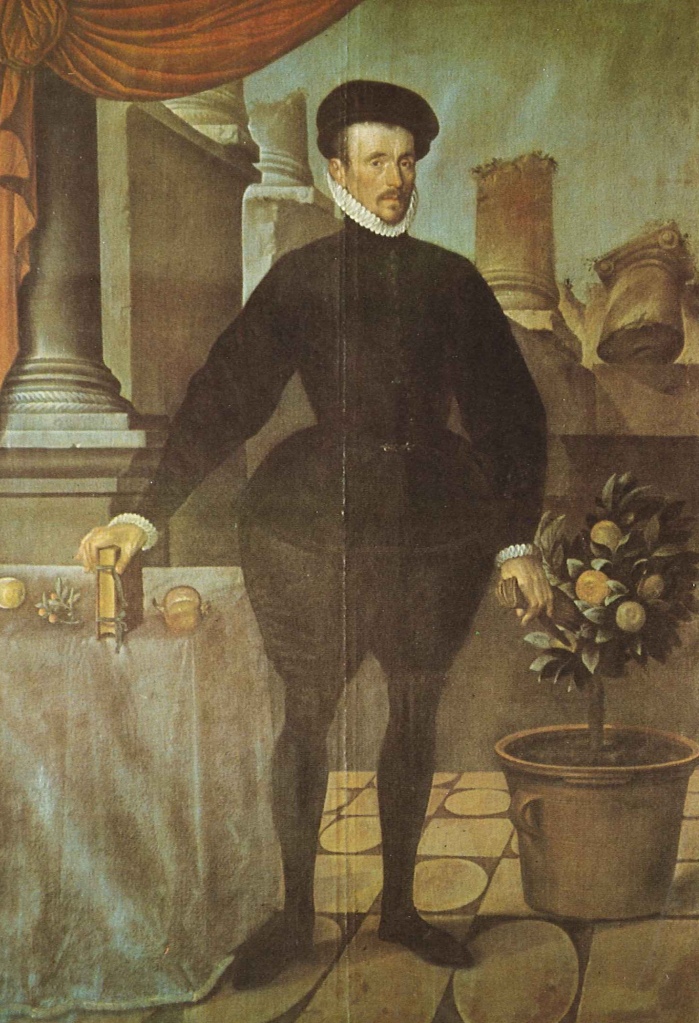
Platter was born in Basel, the son of the Lutheran, humanist, schoolmaster, and printer Thomas Platter (1499–1582).
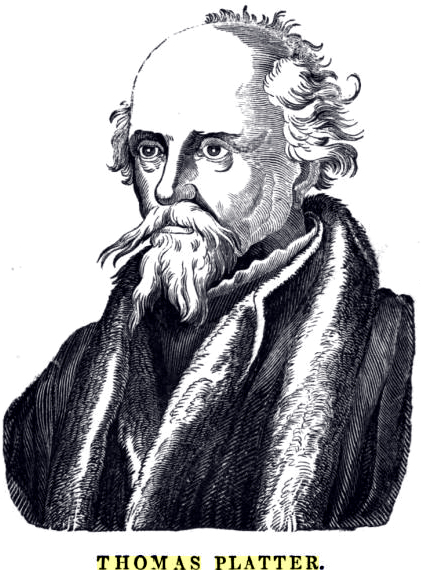
In 1552, he went to the University of Montpellier, then the leading university for medicine in Europe, to study under Guillaume Rondelet (1507–1566) the teacher of a long list of famous physicians and biologists.
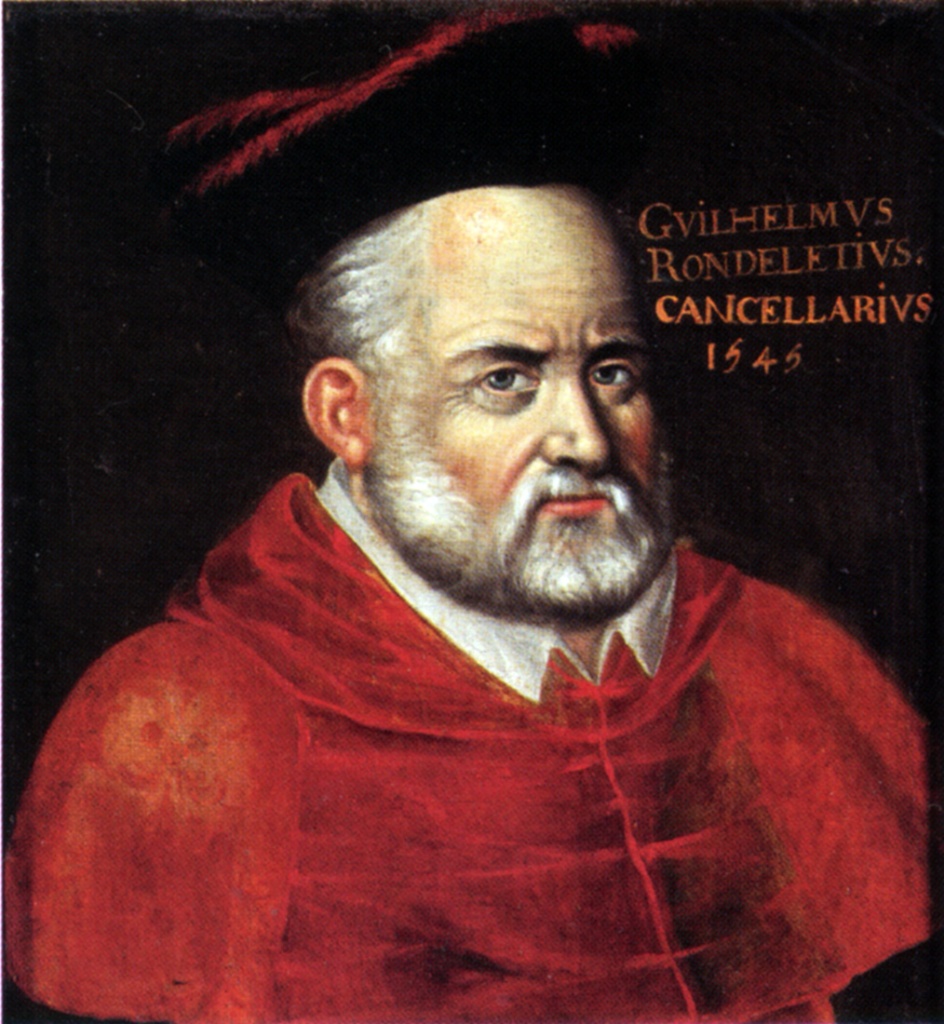
He graduated Doctor of Medicine in 1557 and returned to Basel where he quickly established himself as a physician and was appointed professor for practical medicine at the University of Basel. In 1571 he was appointed chief physician of the city. During his career he published several important works on human pathology and gained a reputation as an important anatomist.
However, what interests us here is a comparatively short work intended to popularise the work of Vesalius, Colombo, and Falloppio, his De corporis human structura et usu … libri III (1663), which consist of fifty plates and a text, entirely tabula in form.
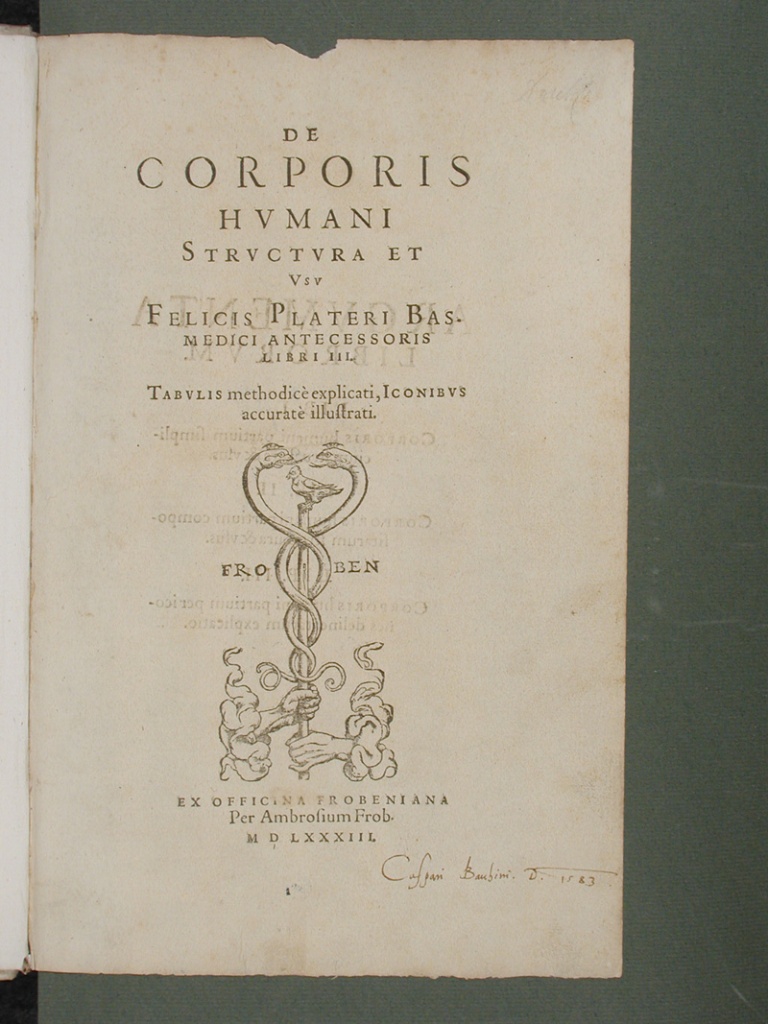
Describing the anatomy of the eye he wrote of the optic nerve:
The primary organ of vision, namely the optic nerve, expands when it enters the eye into a hollow retiform hemisphere. It receives and judges the species and colours of external objects, which, along with brightness, fall into the eye through the pupil and are manifest to it through its looking glass as will be described.
Thus Platter made the optic nerve, together with its expansion in the eye (the retina), the principle organ of vision. As for the crystalline humour (the lens), it
is the looking glass of the optic nerve; and, placed before the nerve and the pupil, it collects the species passing into the eye as rays and, spreading them over the whole of the retiform nerve, presents them enlarged in the manner of an interior looking glass, so that the nerve can more easily perceive them.[2]
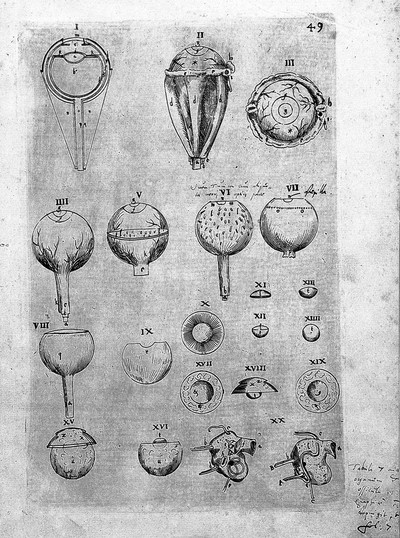
So, for Platter the crystalline humour is nothing but an optical lens and the retina is the seat of vision. Platter offers no proof of this but it is at the core of the new theory of vision that Kepler would later deliver.
After a couple of centuries of slumber following the medieval reception of Ibn al-Haytham optics was now slowly developing new momentum.
[1] The account of Maurolico’s optics is largely taken from David C. Lindberg, Theories of Vision: From Al-Kindi to Kepler, The University of Chicago Press, 1976, ppb. pp. 178-182
[2] Lindberg p. 176
